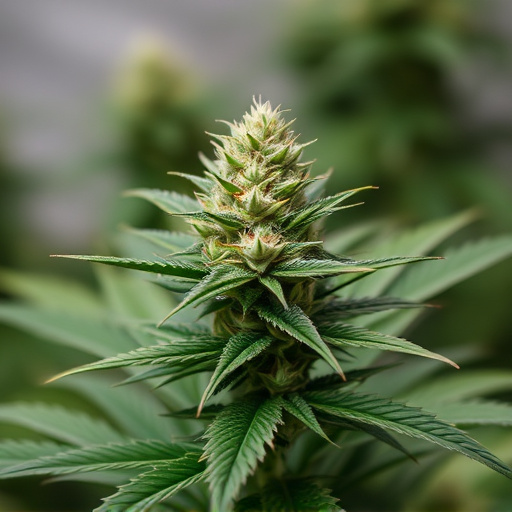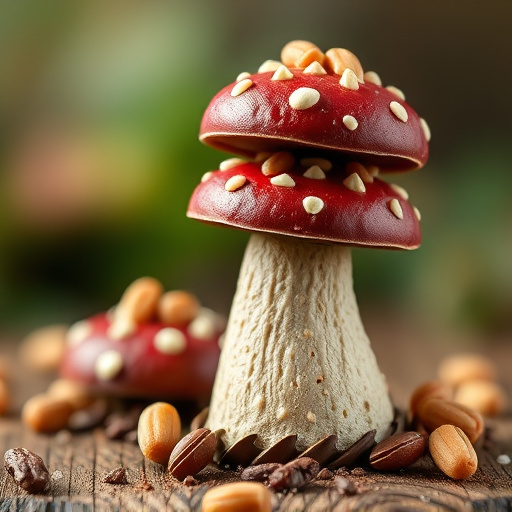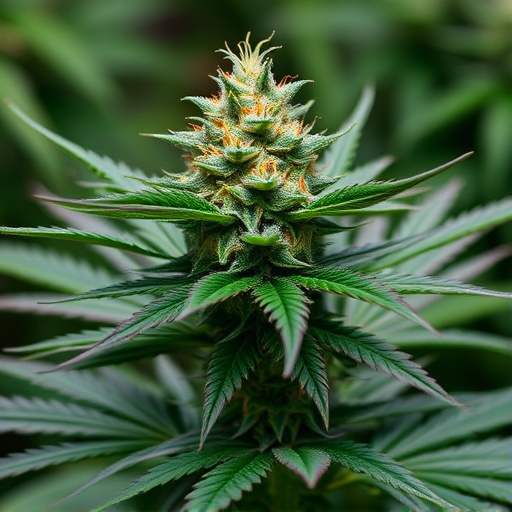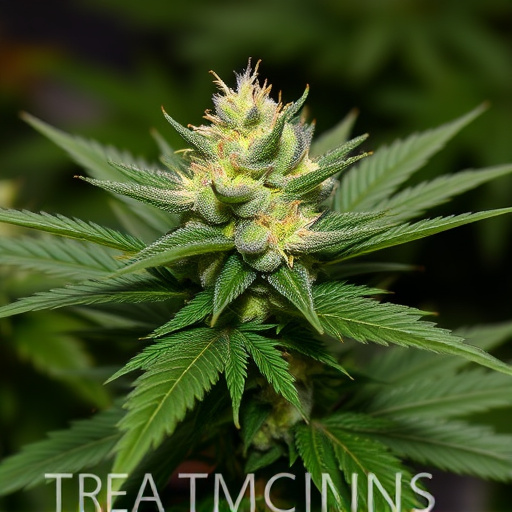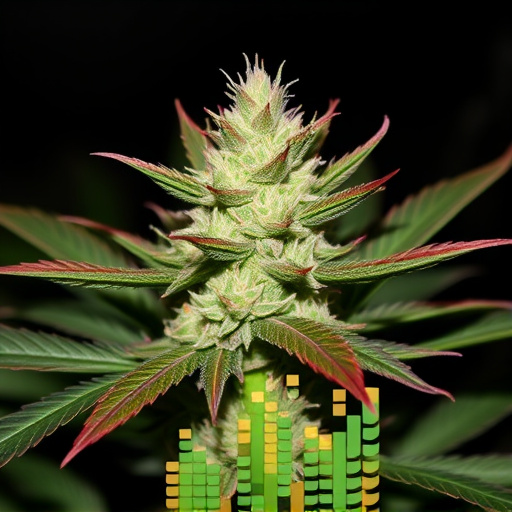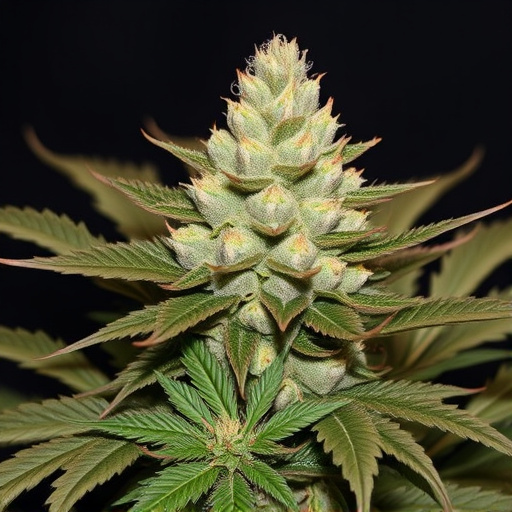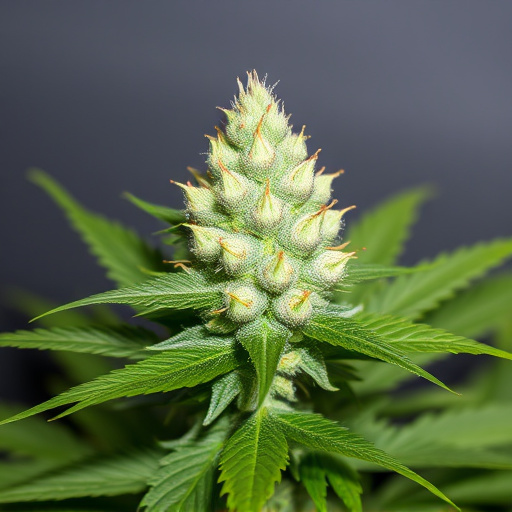Cannabis genetics greatly impact plant appearance, from vibrant Indica hues to subtler Sativa tones, crucial for enthusiasts and cultivators aiming to create top-quality best cannabis strains. Environmental factors like temperature trigger genetic expressions, affecting growth and development. Maintaining optimal temperatures (65-85°F/18-29°C) during vegetative phases is key for robust growth, maximum yields, and desirable traits in best cannabis strains. Extreme heat or cold can cause stress and slow growth, so understanding temperature effects is vital for cultivators to meet consumer expectations.
Unravel the fascinating connection between genetics and temperature, and their profound impact on the appearance of cannabis plants. This article guides you through the intricate world of cannabis, exploring how its visual traits are shaped by nature’s design. Discover the role of specific genetic markers and environmental factors, especially temperature, in determining the plant’s final aesthetic. We’ll also highlight the most sought-after best cannabis strains renowned for their distinctive visual characteristics.
- Understanding Cannabis Genetics and Its Impact on Visual Traits
- The Role of Temperature in Shaping Cannabis Appearance
- Exploring the Best Cannabis Strains Based on Visual Characteristics
Understanding Cannabis Genetics and Its Impact on Visual Traits
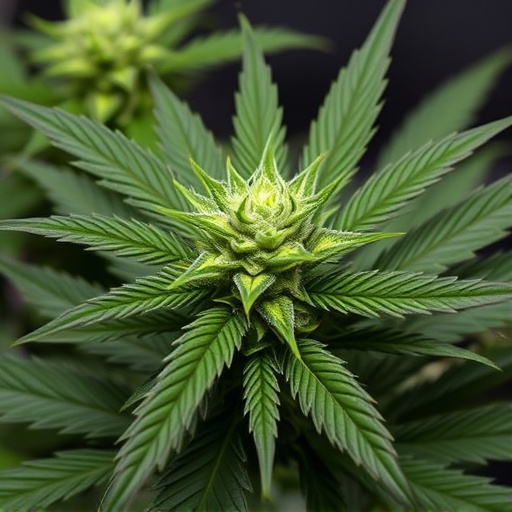
Cannabis genetics play a pivotal role in determining its visual characteristics, making it an intriguing subject for enthusiasts and cultivators alike. Each strain possesses unique genetic makeup, which is responsible for shaping traits like leaf structure, color, and overall morphology. Understanding these genetic influences is key to unlocking the secrets behind the diverse appearances of cannabis plants, from the vibrant hues of Indica strains to the more subtle tones of Sativa varieties.
The interaction between genetics and environmental factors, such as temperature, further adds complexity to the visual landscape. Different temperatures can trigger specific genetic expressions, leading to variations in plant growth and development. This is particularly evident in cannabis cultivation, where optimal temperature conditions can enhance desired visual traits, ultimately contributing to the overall quality of the best cannabis strains.
The Role of Temperature in Shaping Cannabis Appearance
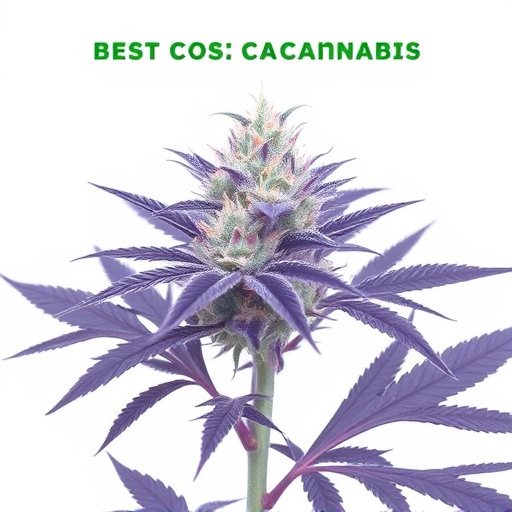
Temperature plays a significant role in shaping the appearance of cannabis plants, influencing their growth and development. Optimal temperature conditions are crucial for healthy cannabis cultivation, as they directly impact critical processes like photosynthesis, respiration, and overall plant metabolism. For best cannabis strains, a range between 65-85°F (18-29°C) is generally recommended during the vegetative phase, promoting robust growth and maximizing yields.
Deviations from this ideal temperature range can lead to visible changes in the plant’s appearance. Extreme heat may cause stress, resulting in reduced leaf size, wilted foliage, and accelerated flowering. Conversely, cold temperatures can slow down growth, causing plants to become leggy with larger leaves. Understanding these temperature-related effects is essential for cultivators aiming to produce top-quality cannabis with desirable traits, ensuring that the final product meets the expectations of consumers looking for high-performance best cannabis strains.
Exploring the Best Cannabis Strains Based on Visual Characteristics
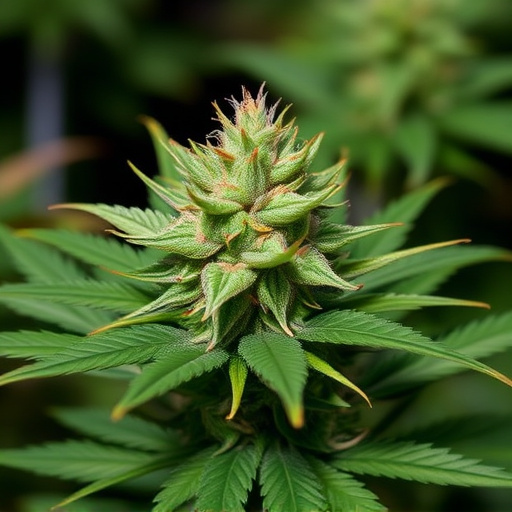
When it comes to choosing the best cannabis strains, visual characteristics play a significant role in appealing to various consumers. Different strains exhibit unique physical traits, from vibrant green hues to distinct resin patterns and delicate trichome formations. These visual elements not only contribute to the overall aesthetics but also offer insights into potential effects and aromas. For instance, dense, compact buds with abundant trichomes often indicate higher concentrations of cannabinoids and terpenes, promising a potent and flavorful experience.
Exploring the best cannabis strains based on visual characteristics allows cultivators and enthusiasts to make informed decisions. Some prefer strains with delicate, airy flowers that suggest a lighter, more uplifting high, while others seek dense buds known for their strong physical effects. Additionally, the color and clarity of resin can hint at specific terpene profiles, making it easier to predict the sensory experience. By considering these visual cues, cannabis lovers can choose strains that align with their desired effects and aesthetic preferences.
In conclusion, both genetics and temperature play pivotal roles in shaping the appearance of cannabis plants. By understanding these factors, cultivators can select and breed the best cannabis strains known for their desirable visual characteristics. When optimal conditions are met, these strains can produce stunning plants with unique and appealing features, enhancing not only their aesthetic appeal but also potentially influencing their therapeutic properties.




